

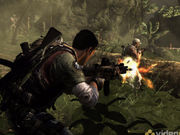

The following article assesses the main campaign in SOCOM: Special Forces and the cooperative play. While we've spent time with the multiplayer beta, we've decided to hold back on giving the game an overall score until we've had a chance to check out the final code.
War games have undergone a metamorphosis since the turn of the Millennium, in that most of the hardcore franchises have shed their more realistic aspects. Rainbow Six went all trigger happy with Vegas 1 and 2, Ghost Recon is is slowly turning into a sci-fi series, and Operation Flashpoint now dashes into battle with a regenerating health system. And while SOCOM: Special Forces sets out to occupy the middleground between military sim and third-person cover shooter, it eventually squats at the far end of this spectrum.
This is SOCOM's second assault on the PS3, and the first home console iteration since 2006's Combined Assault to feature a story-driven campaign. The setting for the action is left unclear: we're told that the Strait of Malacca is somewhere in the region, and the opposing force are speaking Malaysian, but the game refuses to specify an exact location beyond "South-East Asia". This isn't a massive problem, but the ambiguity contributes to the disjointed feeling in the campaign's opening moments. The curiously low-key introduction consists of three people having a heated argument in a tent, referring to organisations we've not yet met, and then suddenly you find yourself plonked down in the centre of an exploding coastal city. Shoot first, ask questions later.
It's a chaotic way to set the ball rolling, but then this is war: things aren't exactly supposed to run on schedule. The lack of coherence is partly explained away by the fact that you're playing the role of a NATO specialist, Cullen Gray, who gets caught up in the middle of an attempted coup d'état. The majority of NATO's command gets wiped out within the first ten minutes, leaving Cullen and four chums to repel the uprising on their own. Corporal Credibility takes a bullet to the head in the first ten minutes, leaving a few-against-the-many setup that's only a few rungs up the realism ladder from the lone starship in Space Invaders.
Thankfully, this doesn't matter too much. While the plot can at best provide a vague context for your actions, the combat itself offers enough crunch to be engaging on its own terms. By the end of the second mission you'll be commanding a pair of two-man squads, one focused on stealth, the other on raw firepower. Each duo is bossed about by tapping left or right on the D-Pad, with each press corresponding to a movement or kill order, depending on what you're currently aiming at. You can queue up numbered waypoints to dictate a precise route for your guys to follow, and by holding the button down you force them to wait for your go signal. The opening assignments guide you through brief examples of how to best use these tools - using your squads to flank the enemy, or to co-ordinate takedowns - and it's certainly rather satisfying when everything comes together.
Unfortunately, this doesn't happen as often as it should. While movement never seems to be a problem, you AI subordinates are less reliable when it comes to making clean stealth kills. Gold Squad are equipped with suppressed weapons, but occasionally they display an apparent fondness for shooting enemies in strategically questionable parts of the anatomy. Rather than going for a squelchy headshot they'll plug some poor guard in the arse, and his anguished yelps will result in his buddies dashing in from every corner of... well, wherever it is that we're supposed to be.



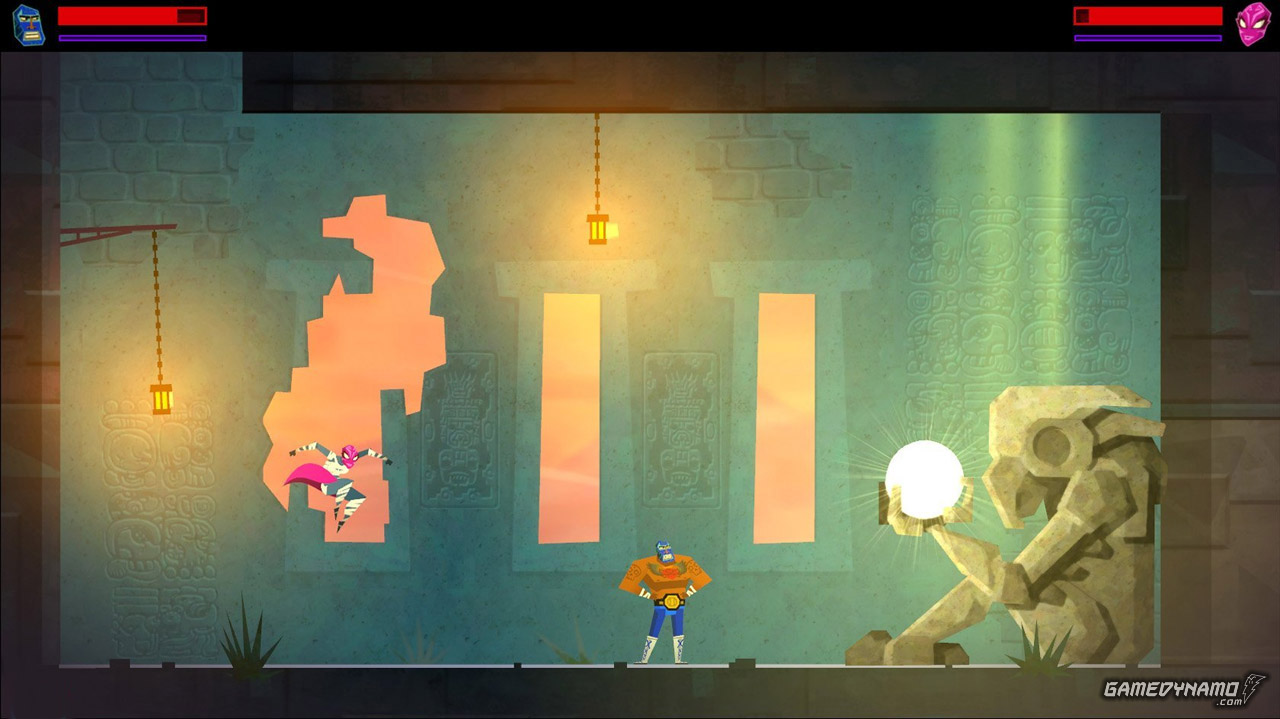
 Free Download Cricket 97 - Classic PC Game
Free Download Cricket 97 - Classic PC Game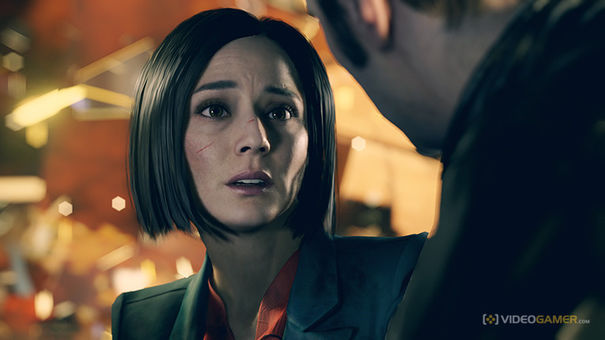 The Retail Games of 2015: Part 5
The Retail Games of 2015: Part 5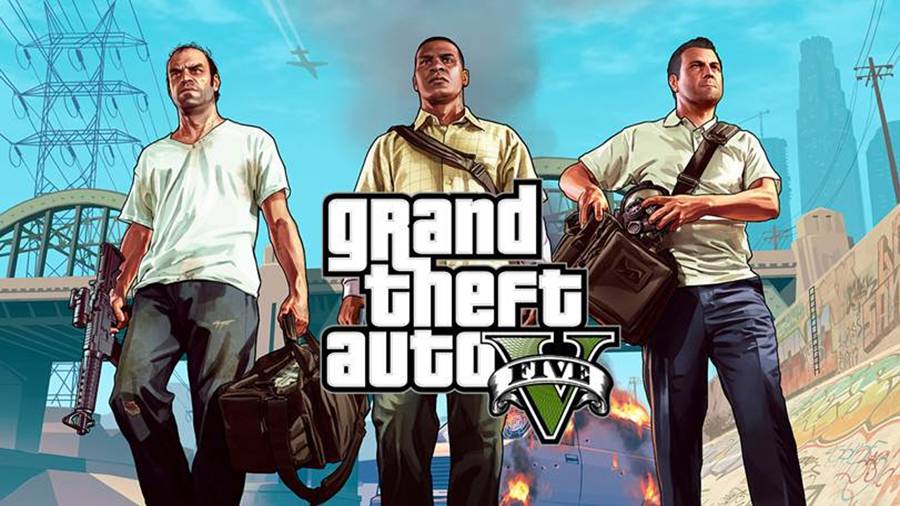 Grand Theft Auto 5 Guide: The Paleto Score Guide
Grand Theft Auto 5 Guide: The Paleto Score Guide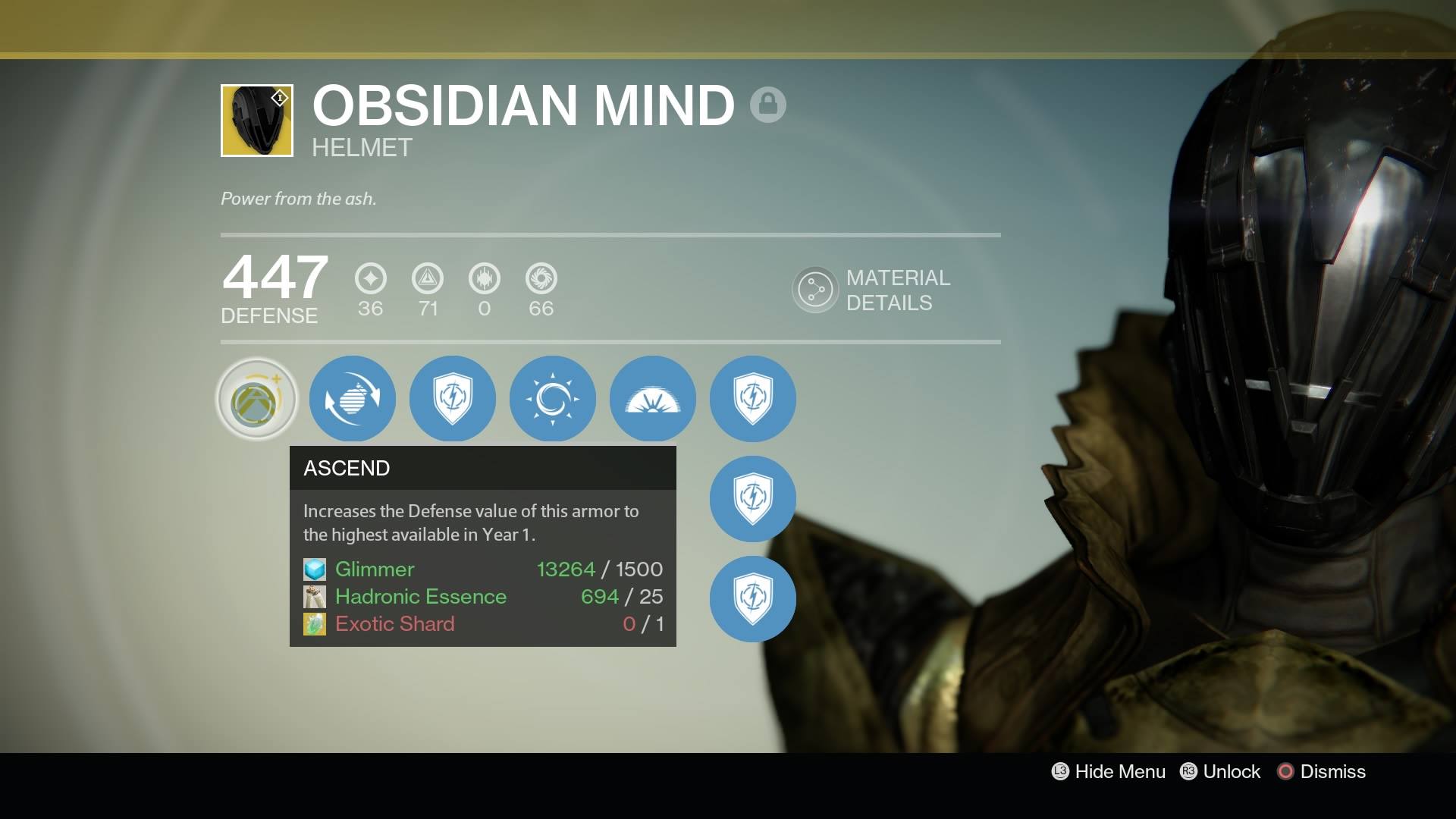 Destiny: House of Wolves – the fastest way to level 34
Destiny: House of Wolves – the fastest way to level 34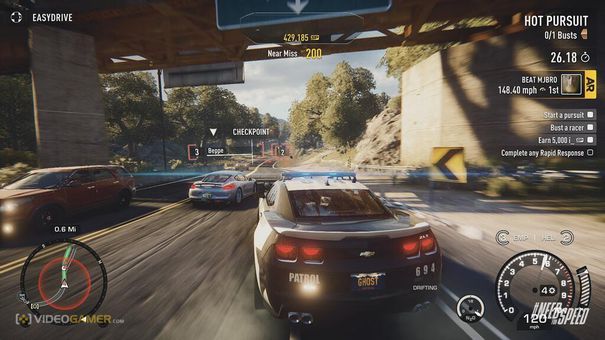 The Ghost of Criterions Past
The Ghost of Criterions Past